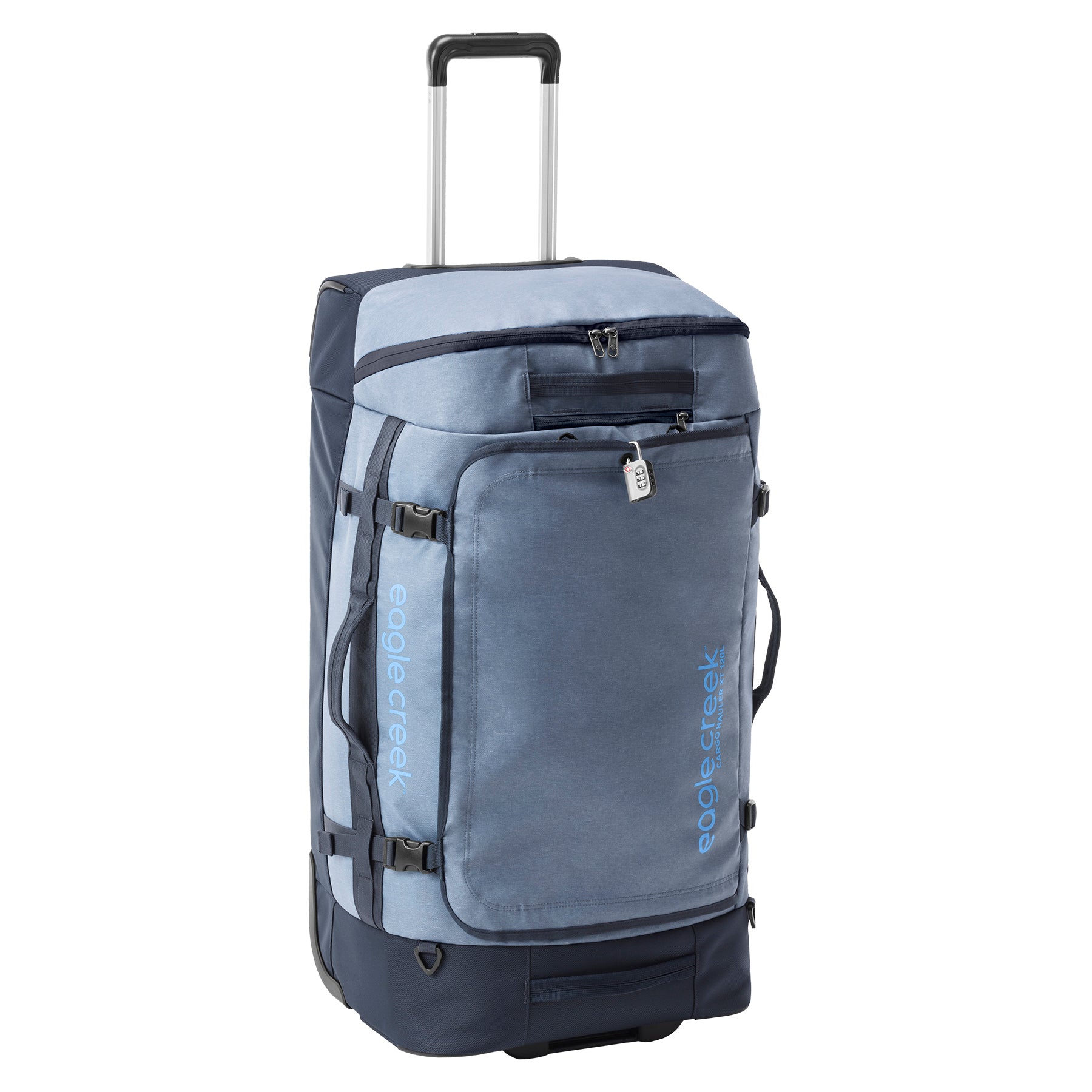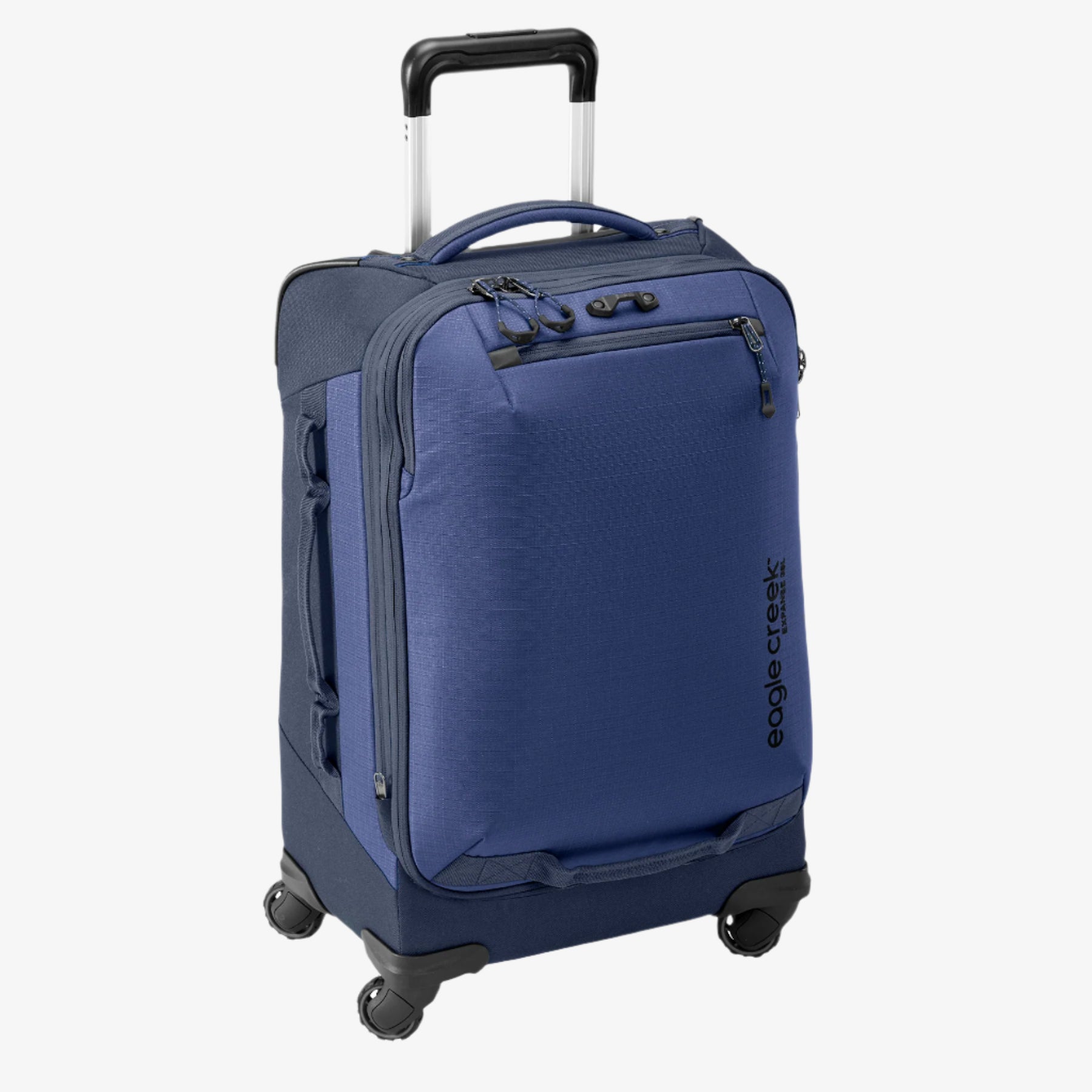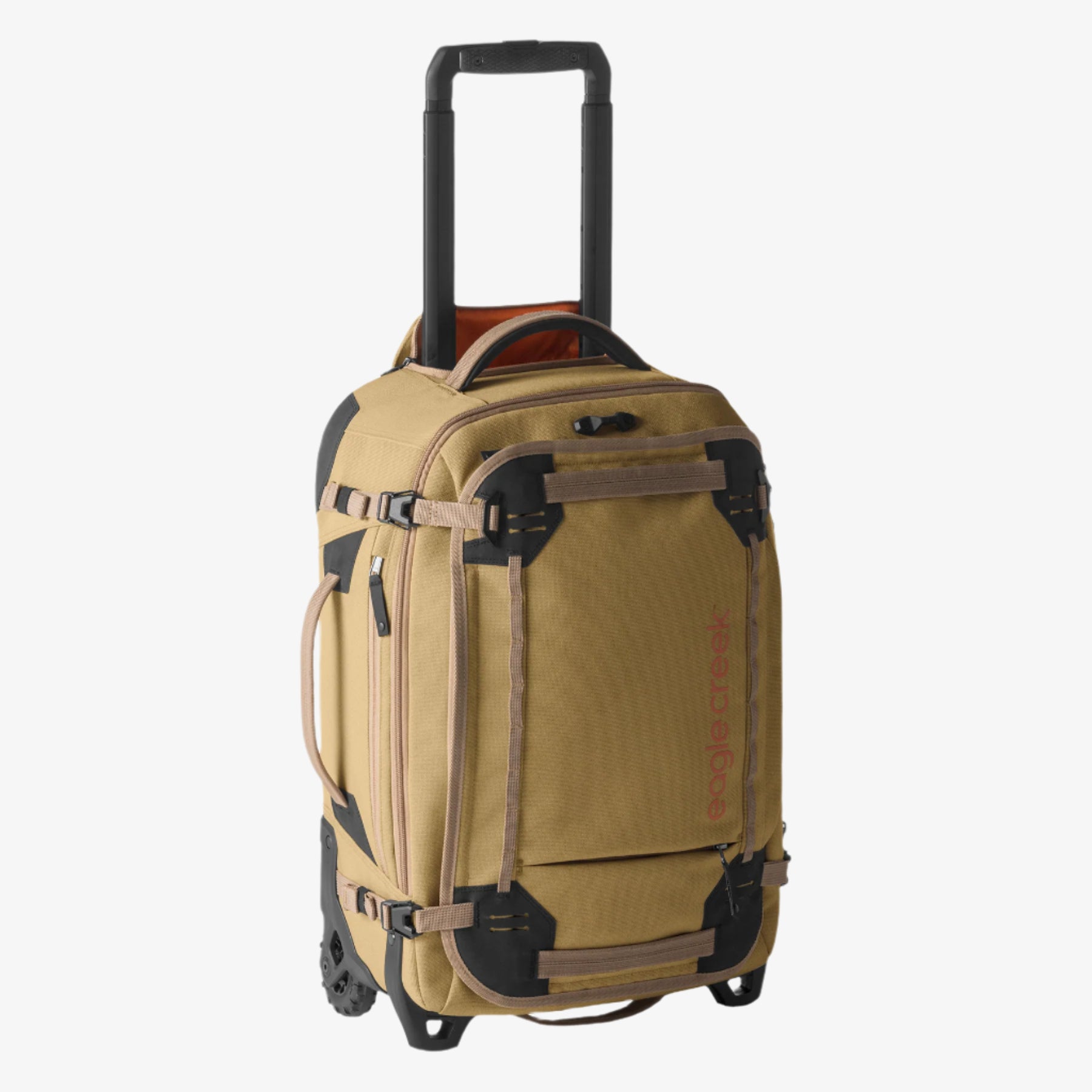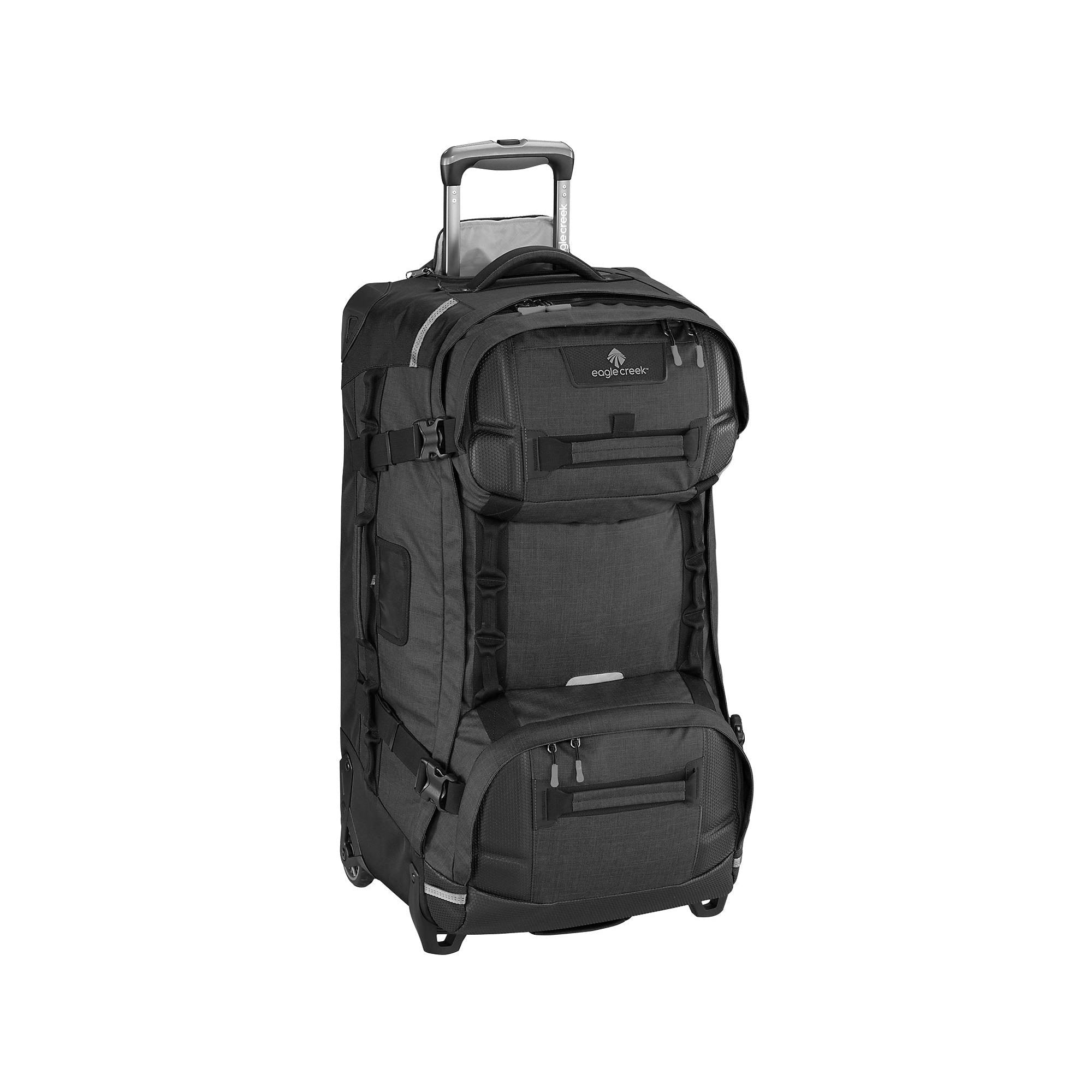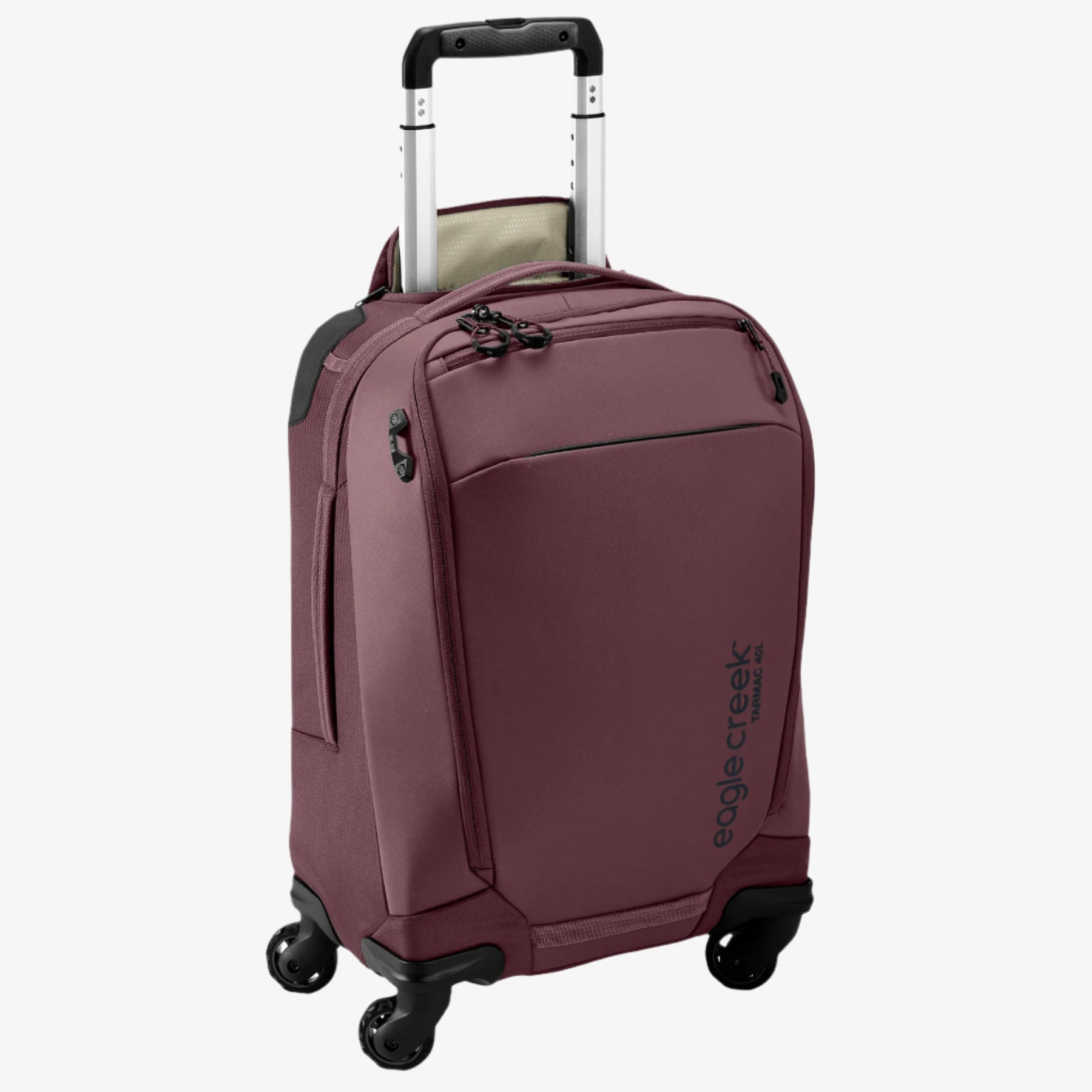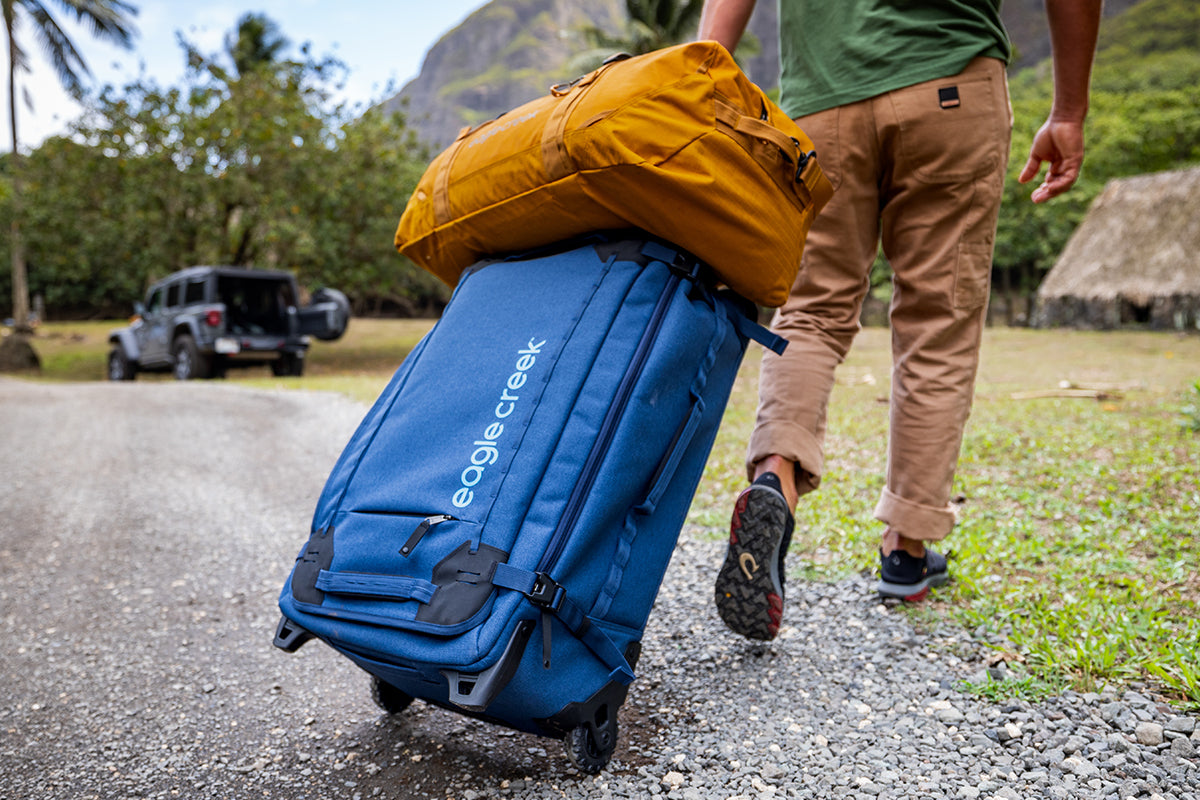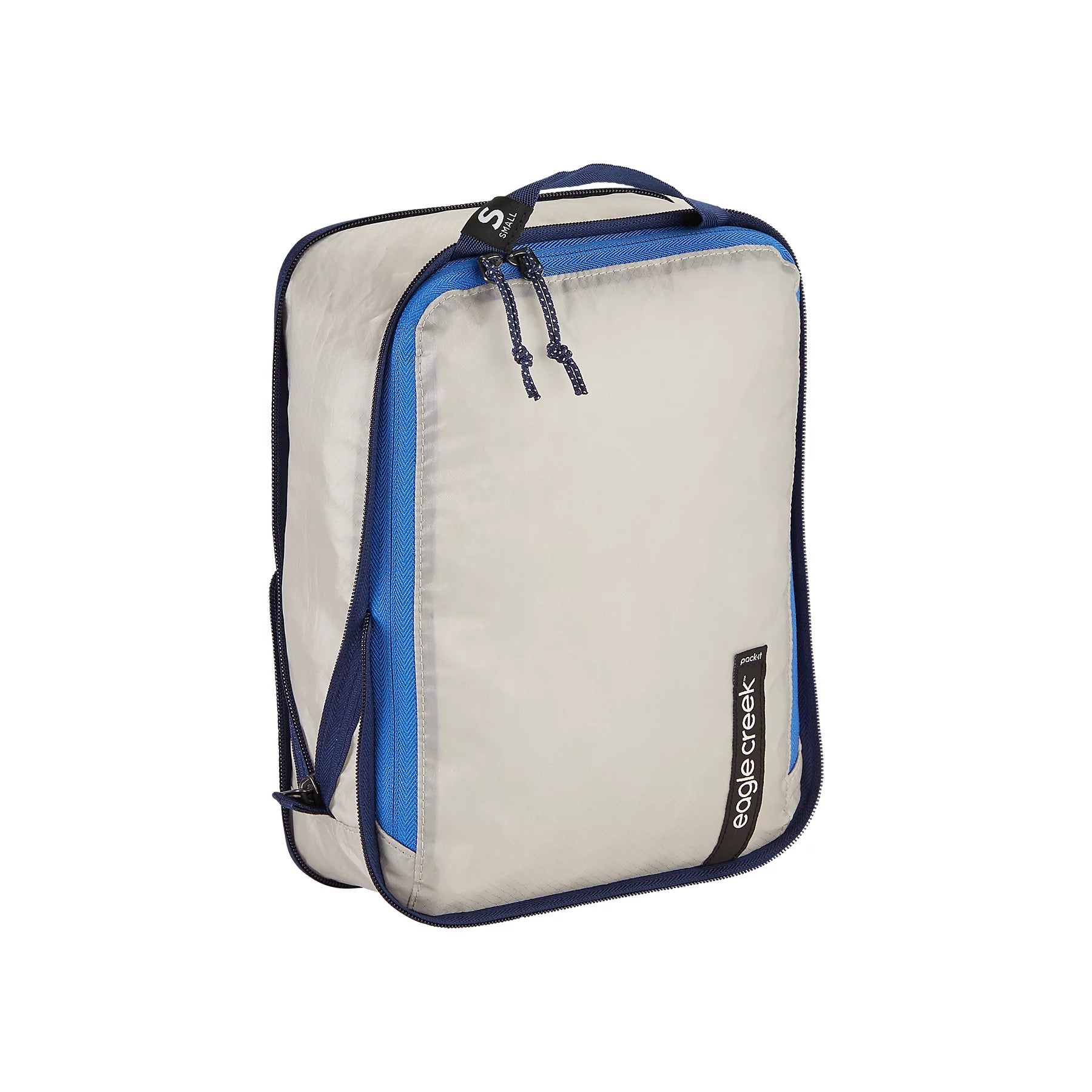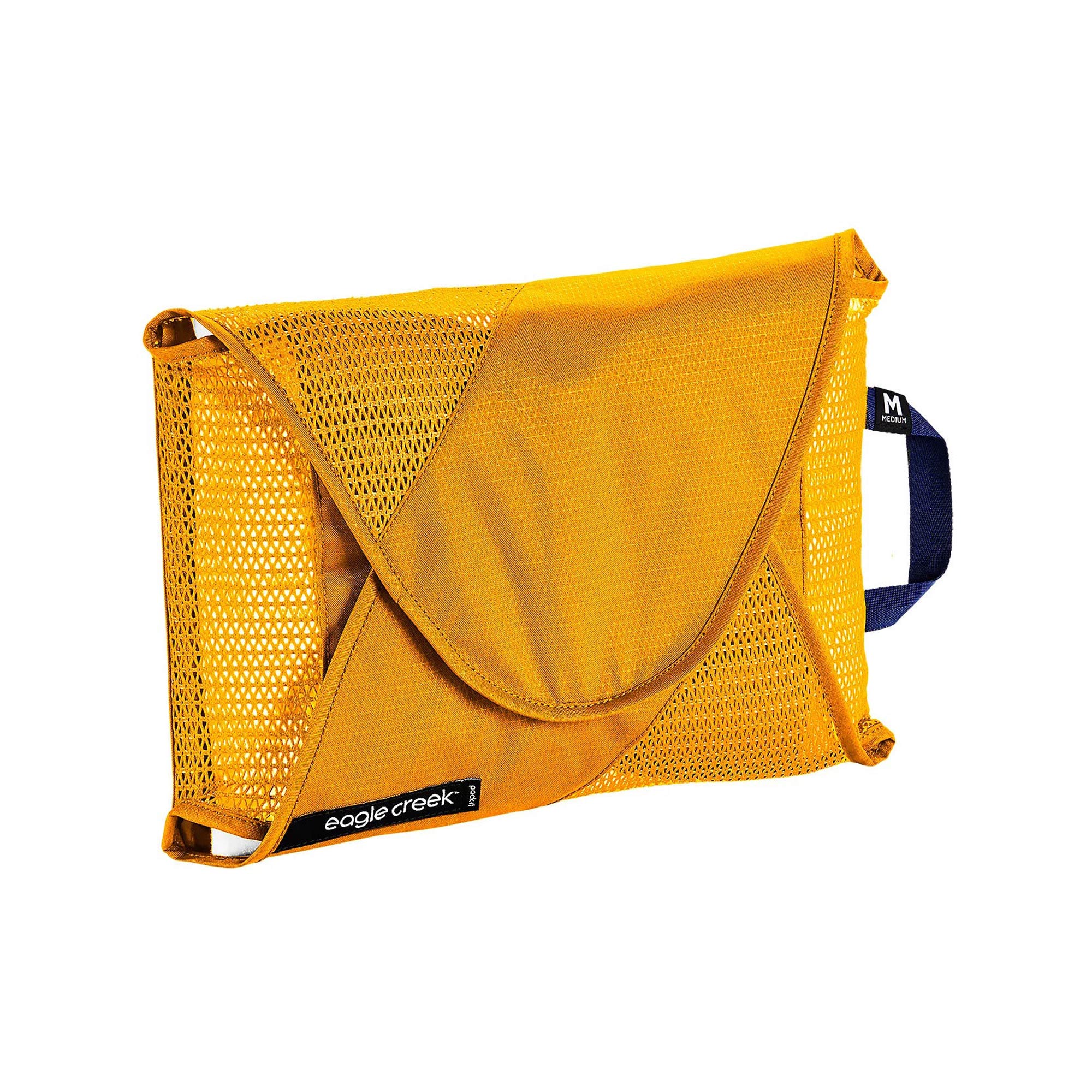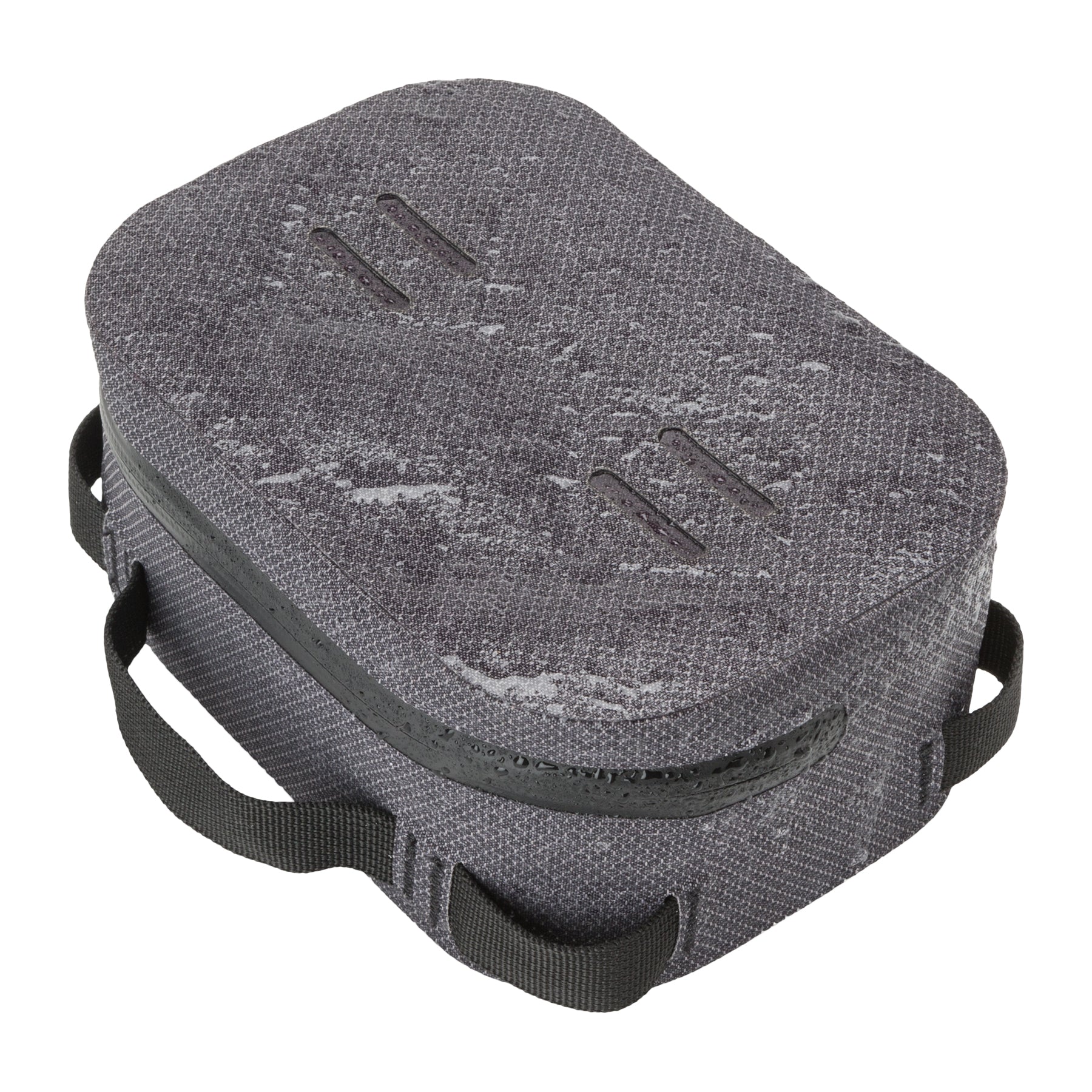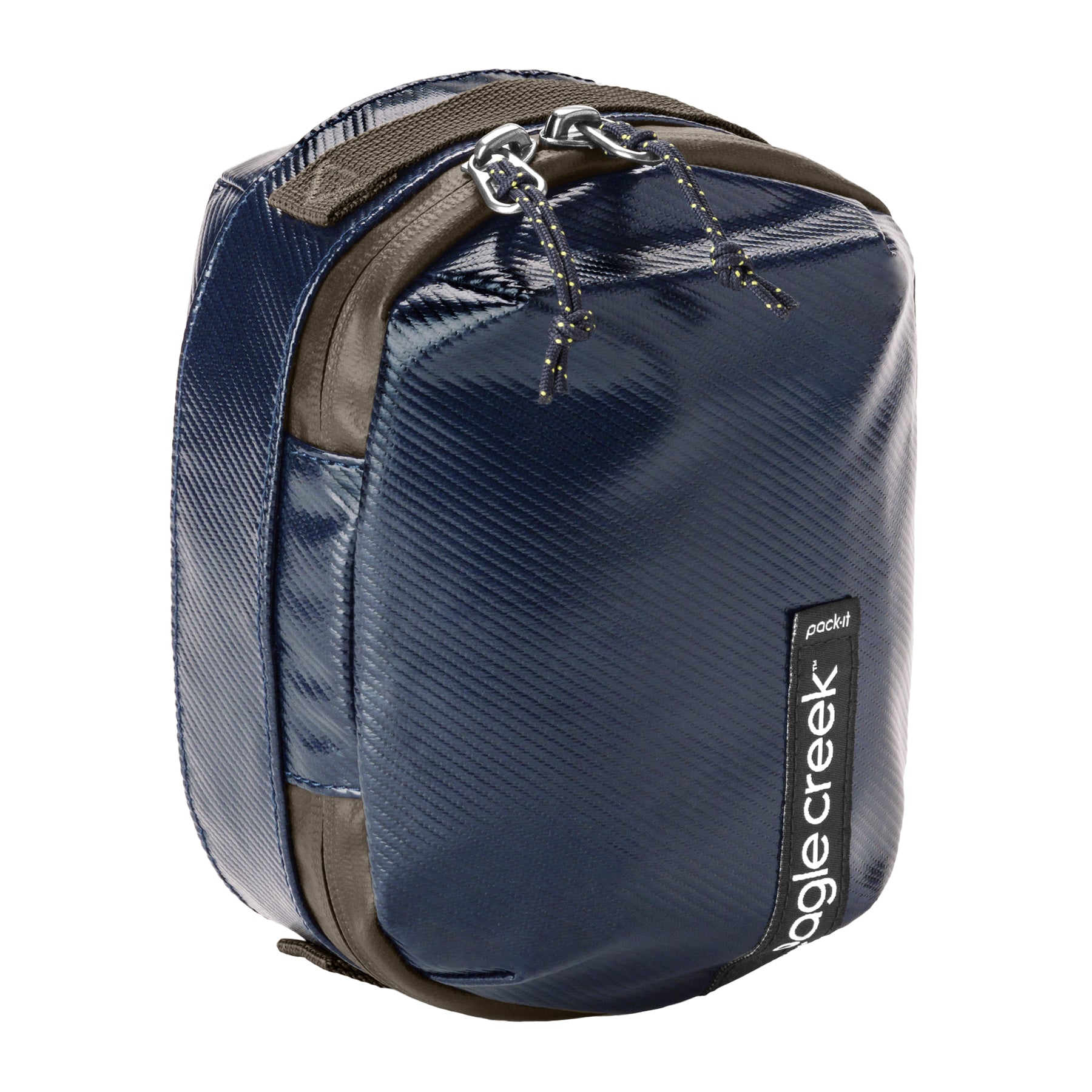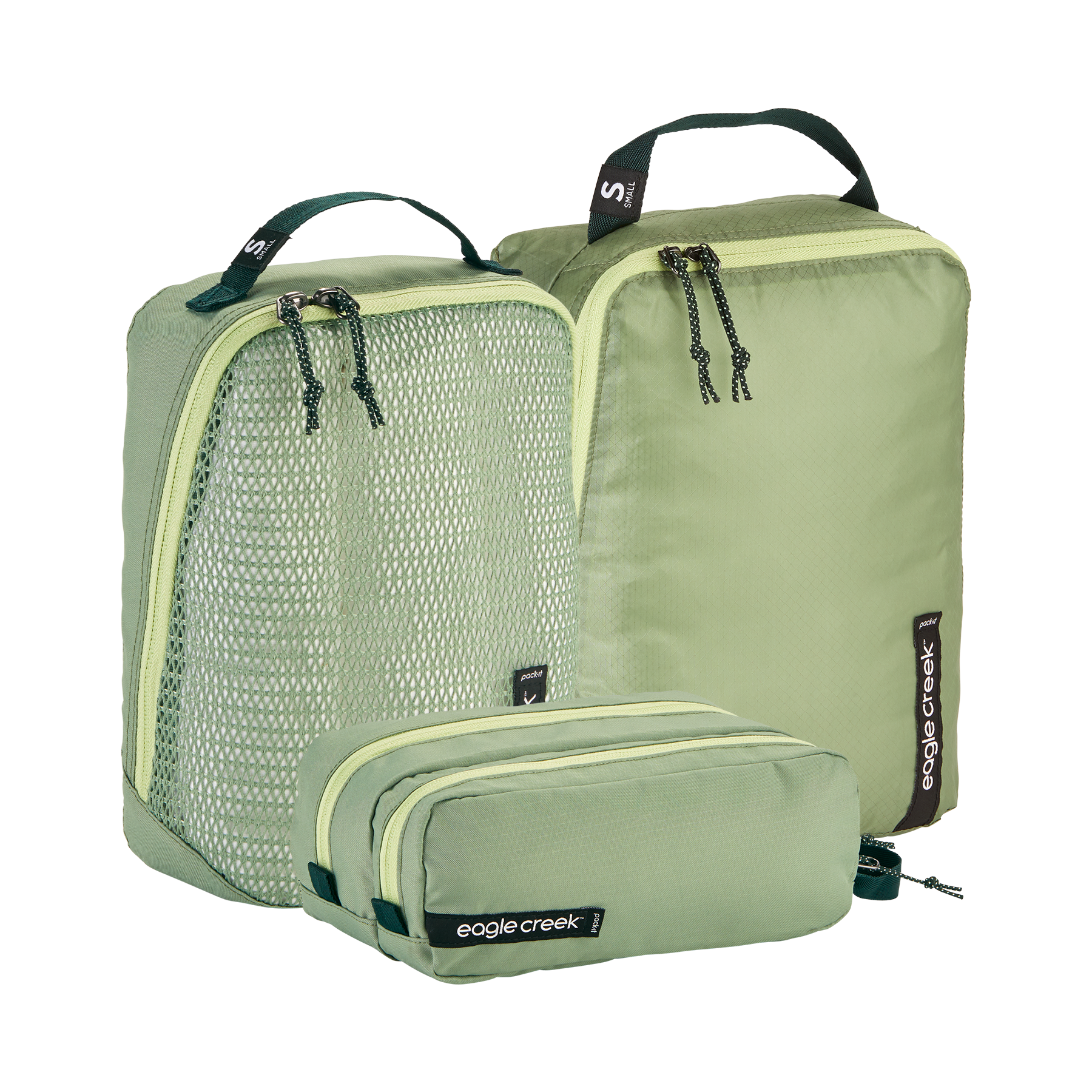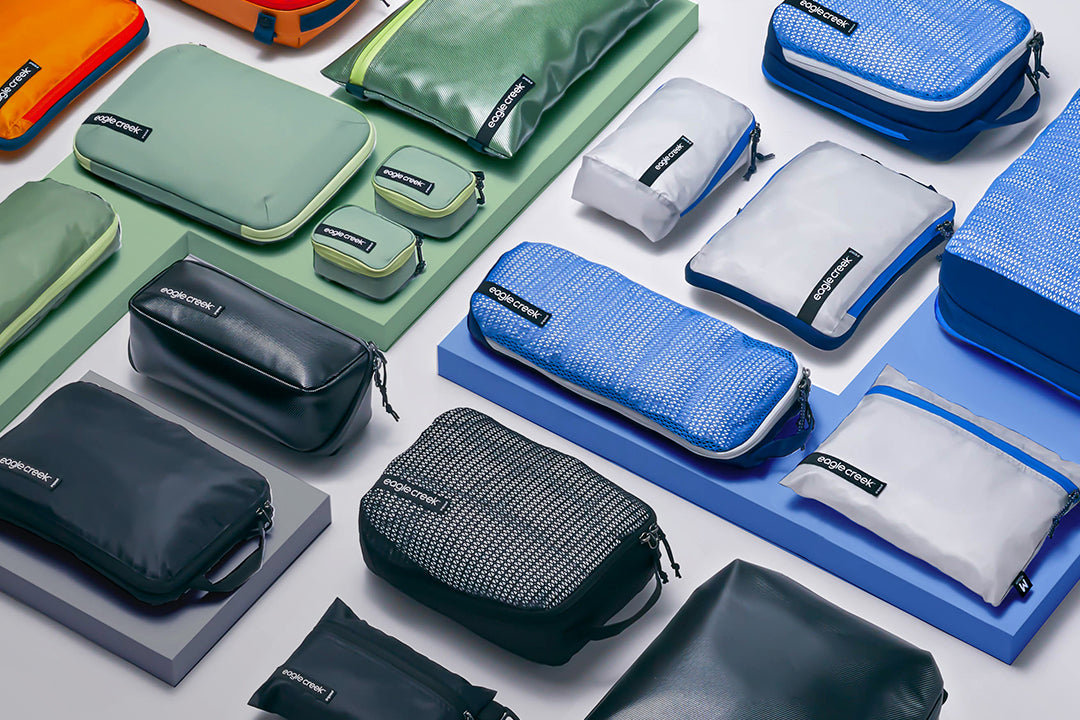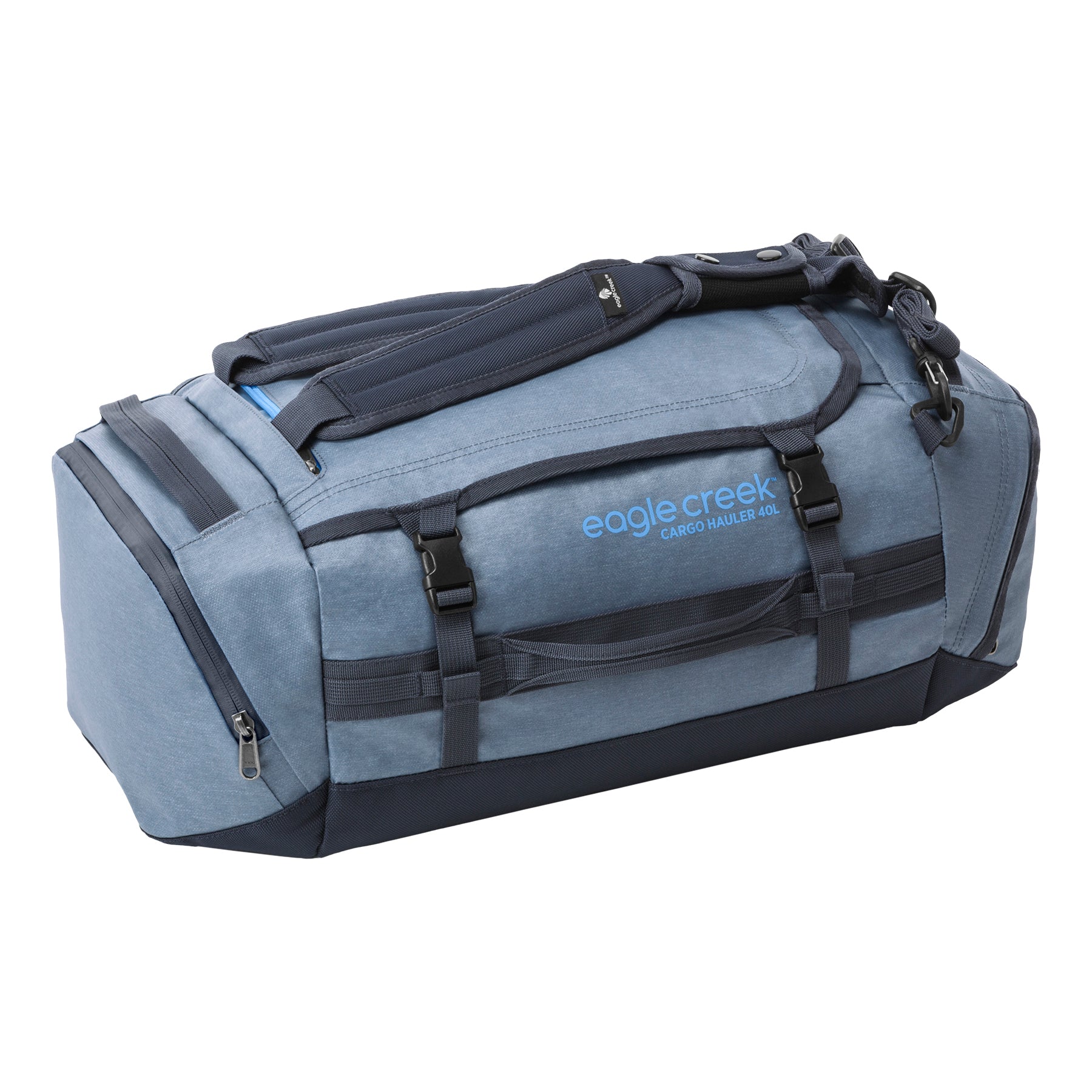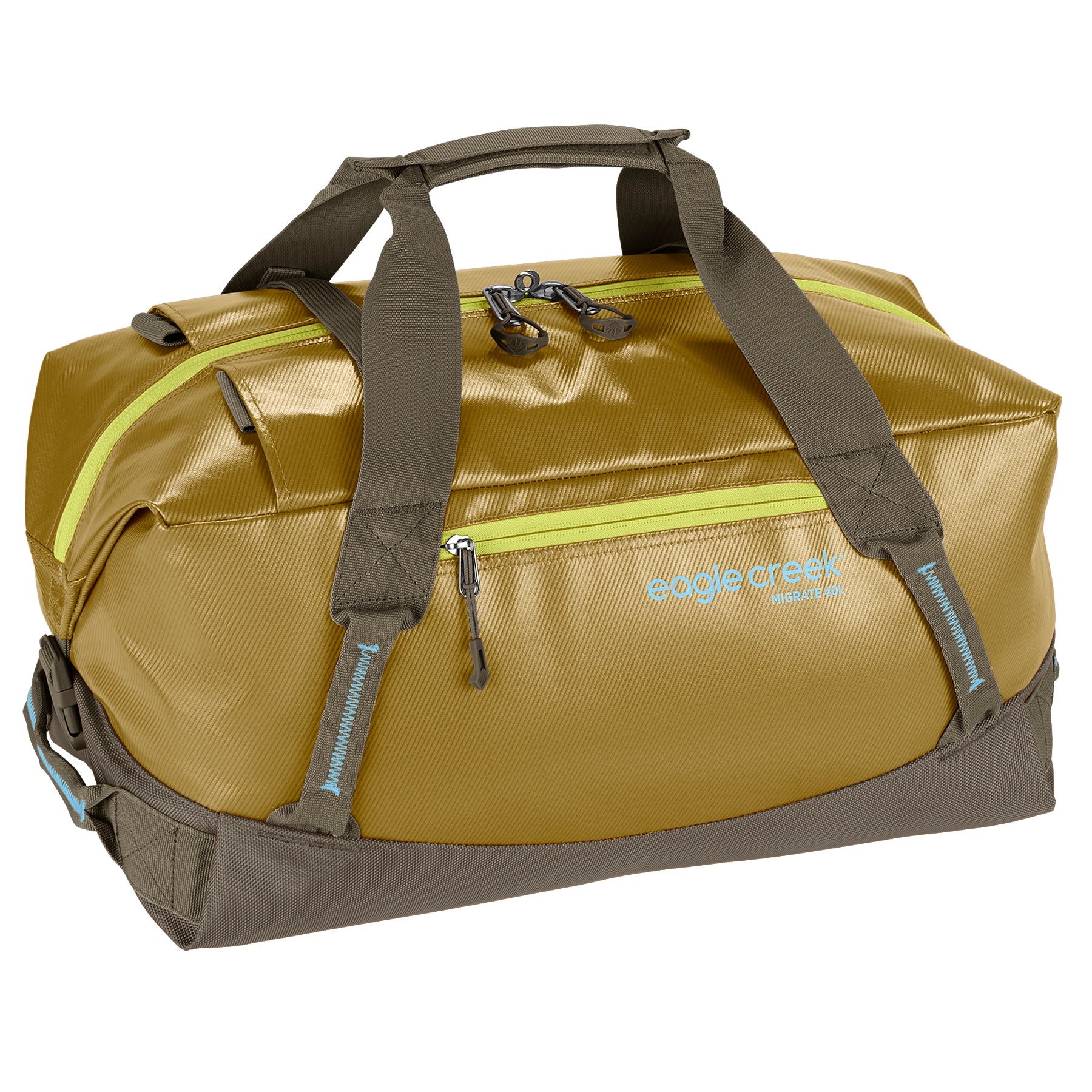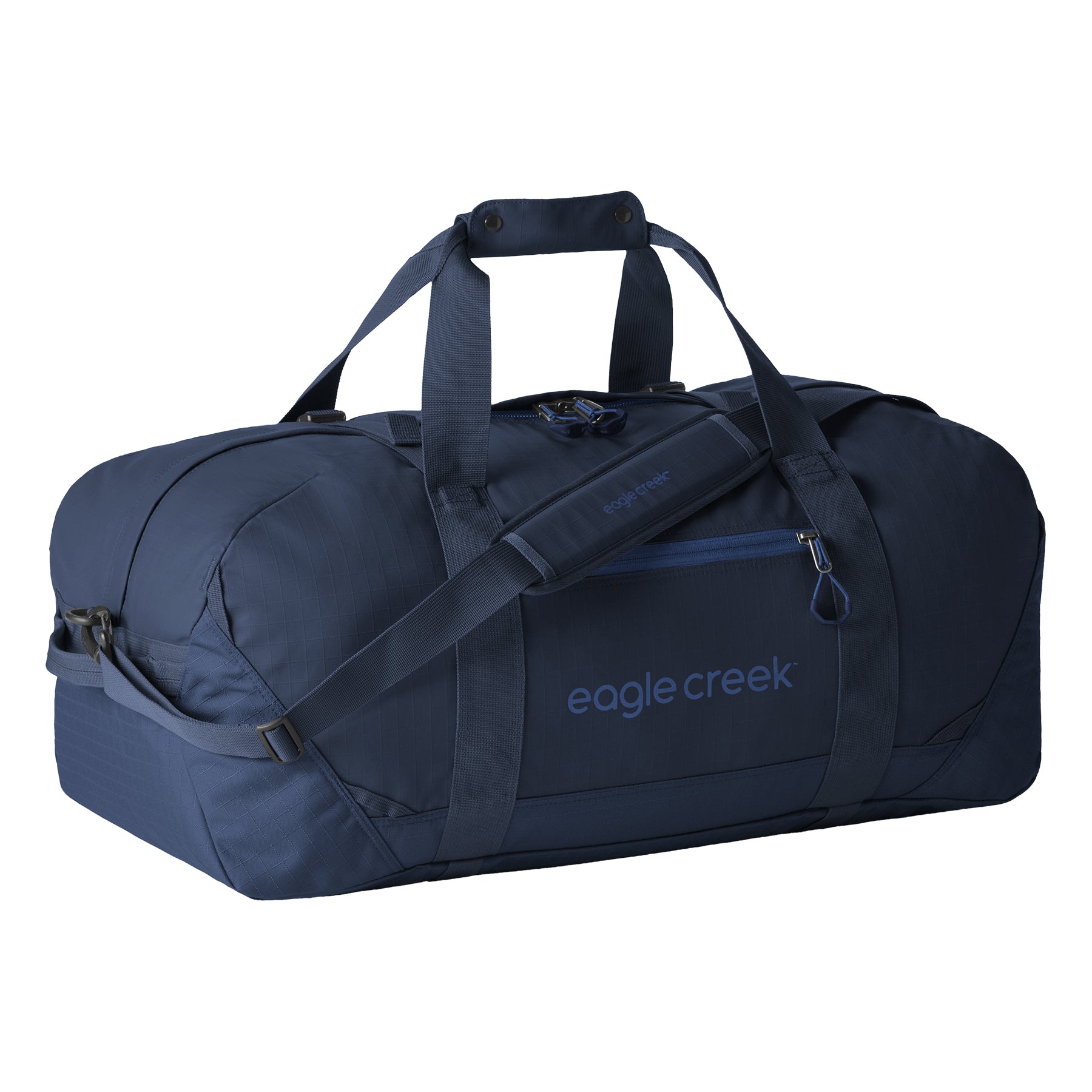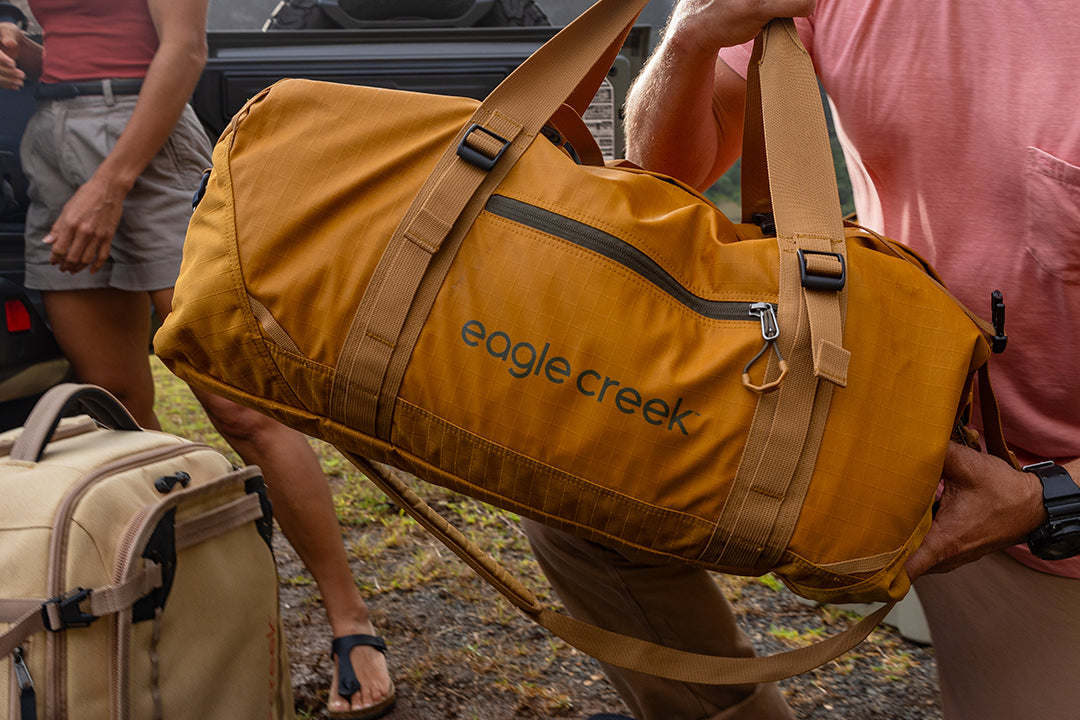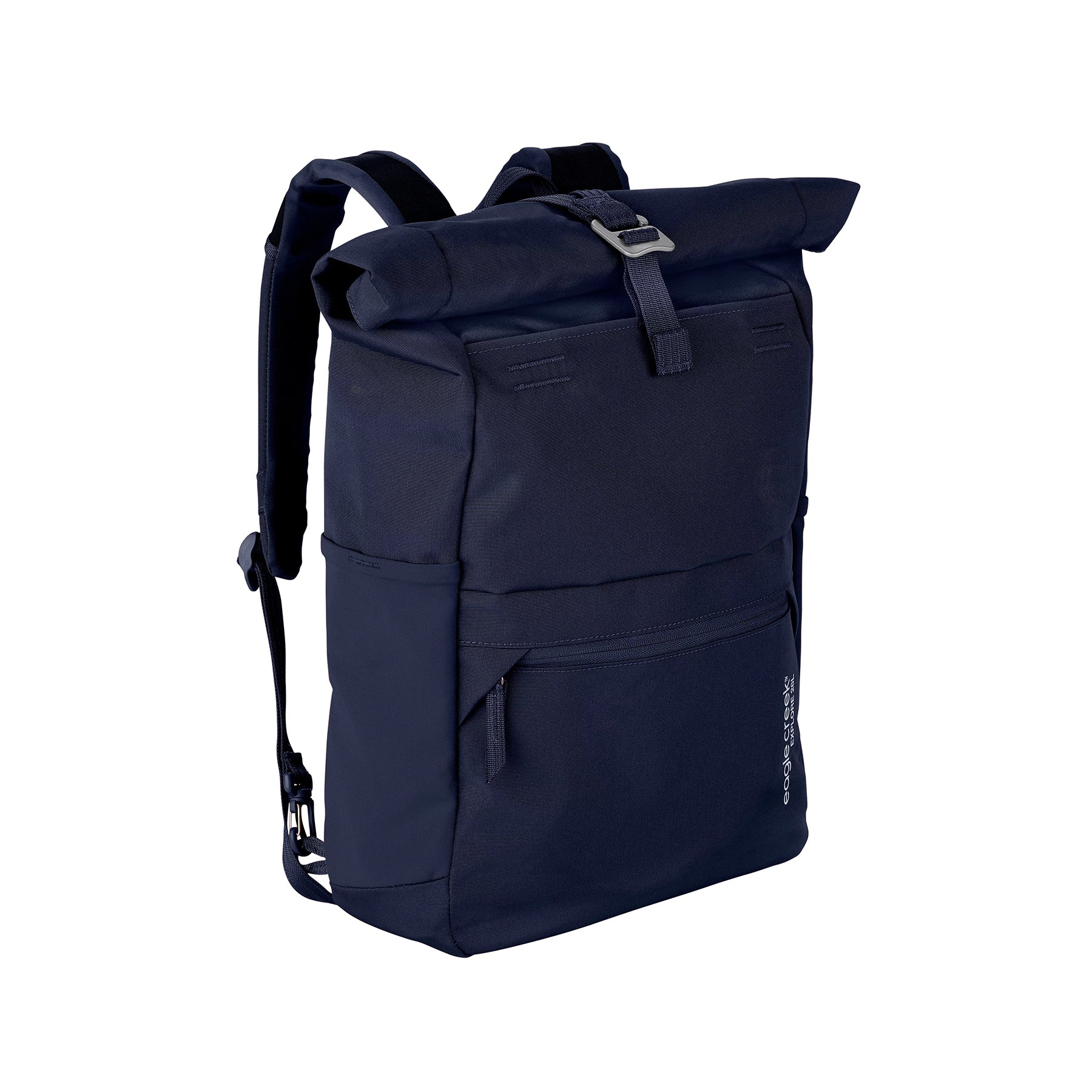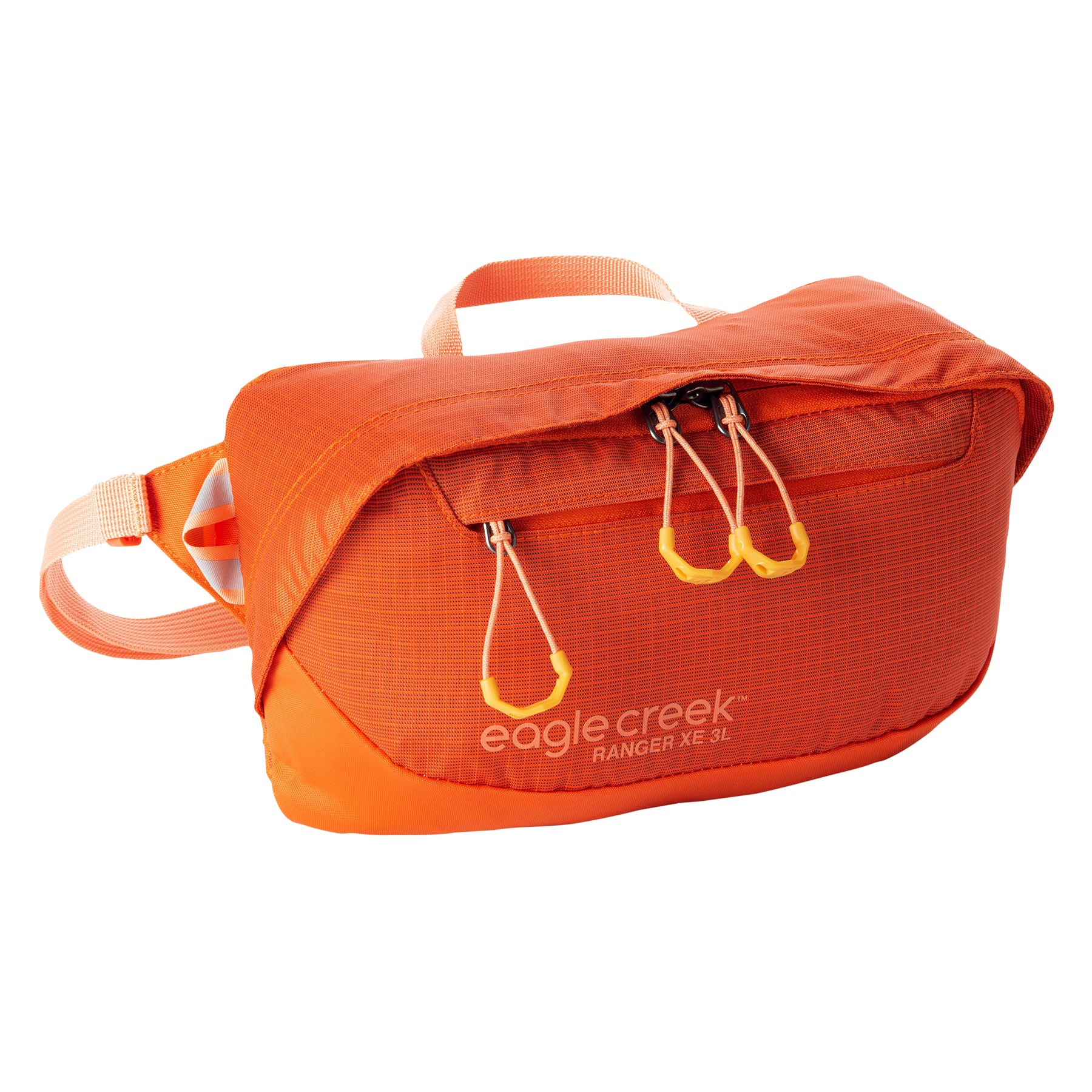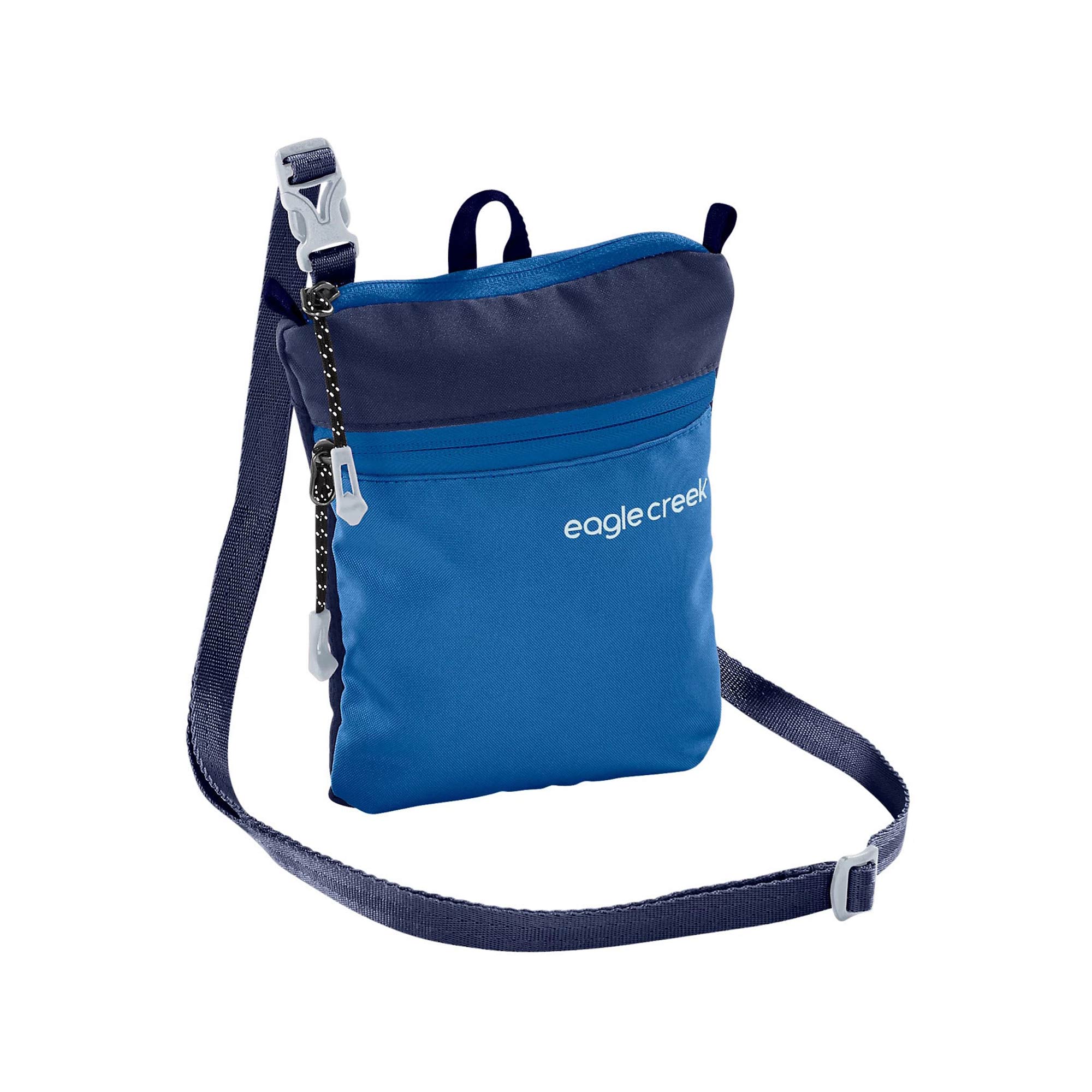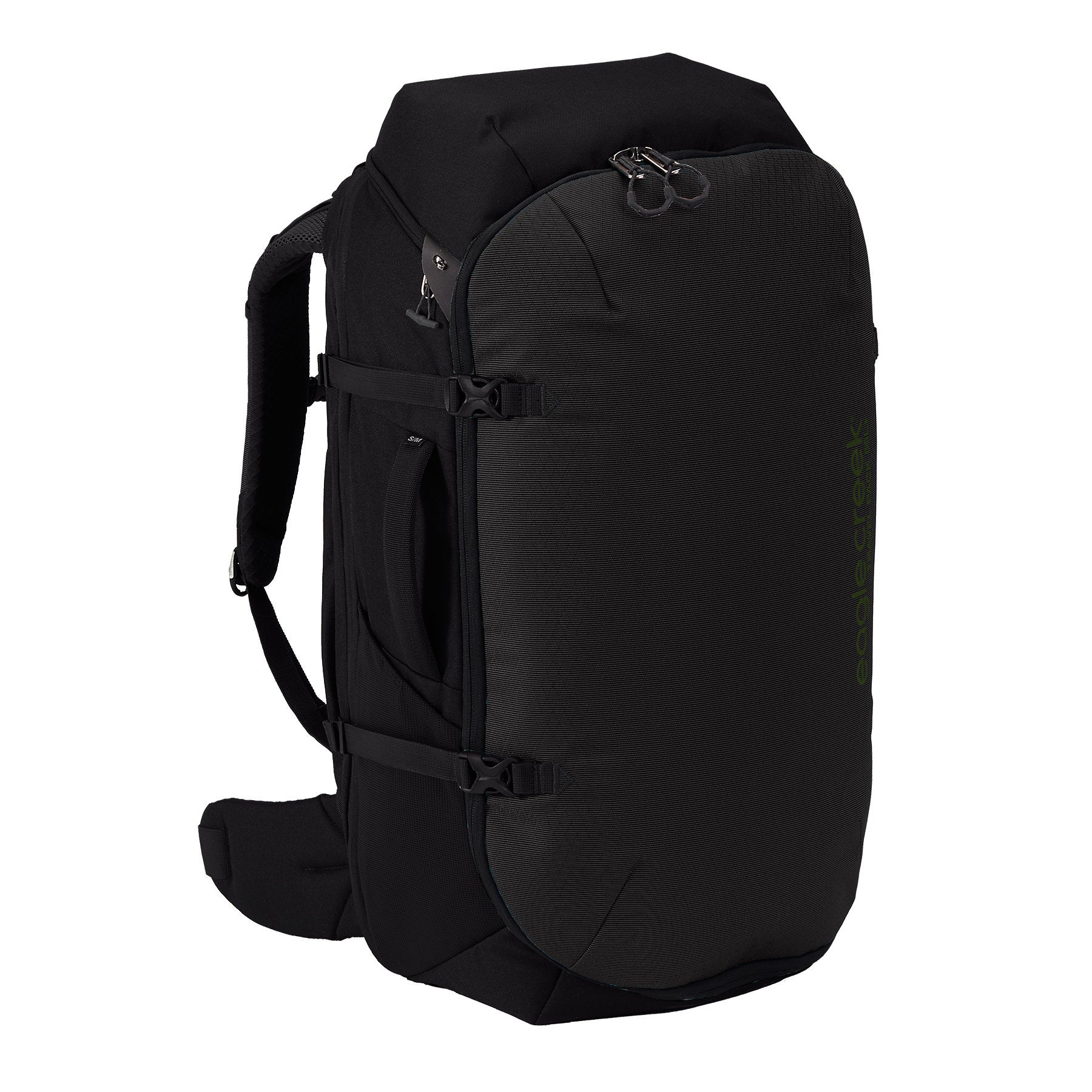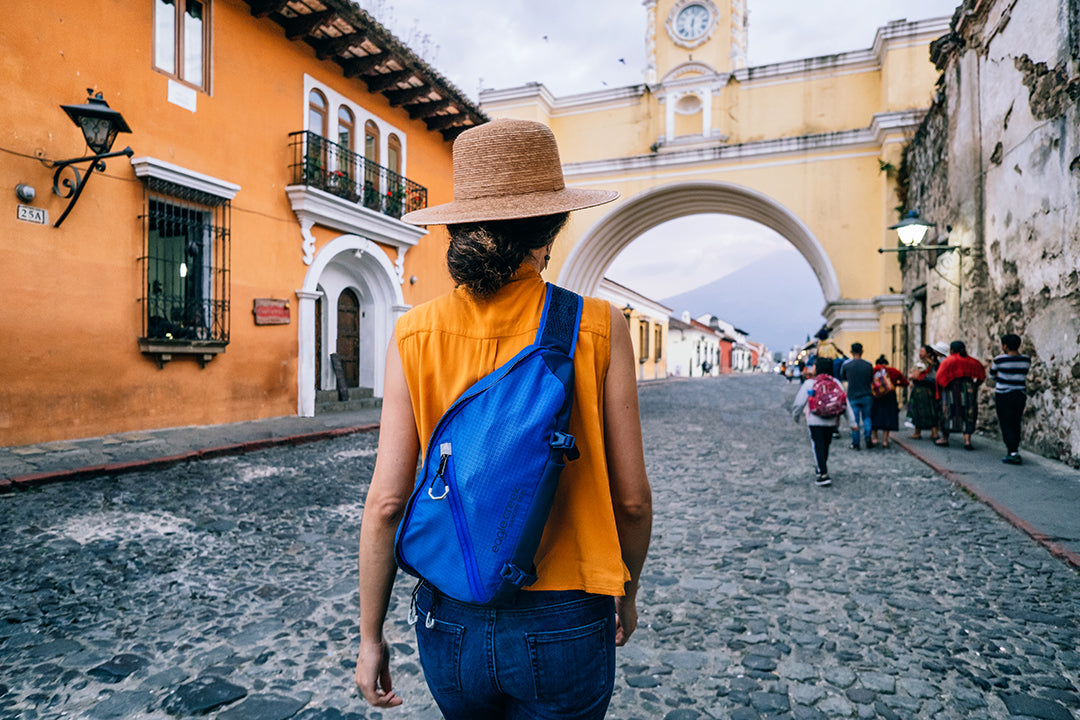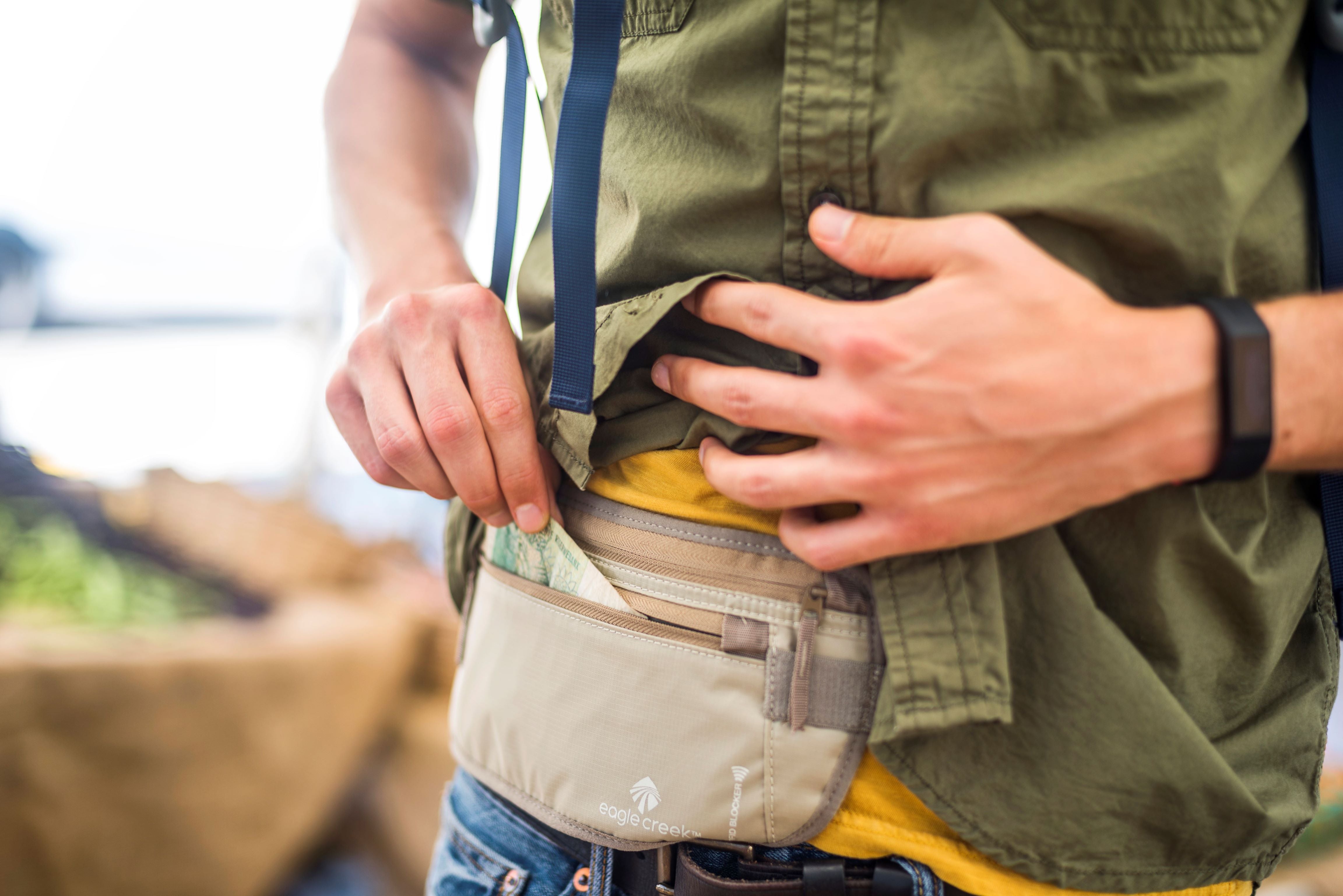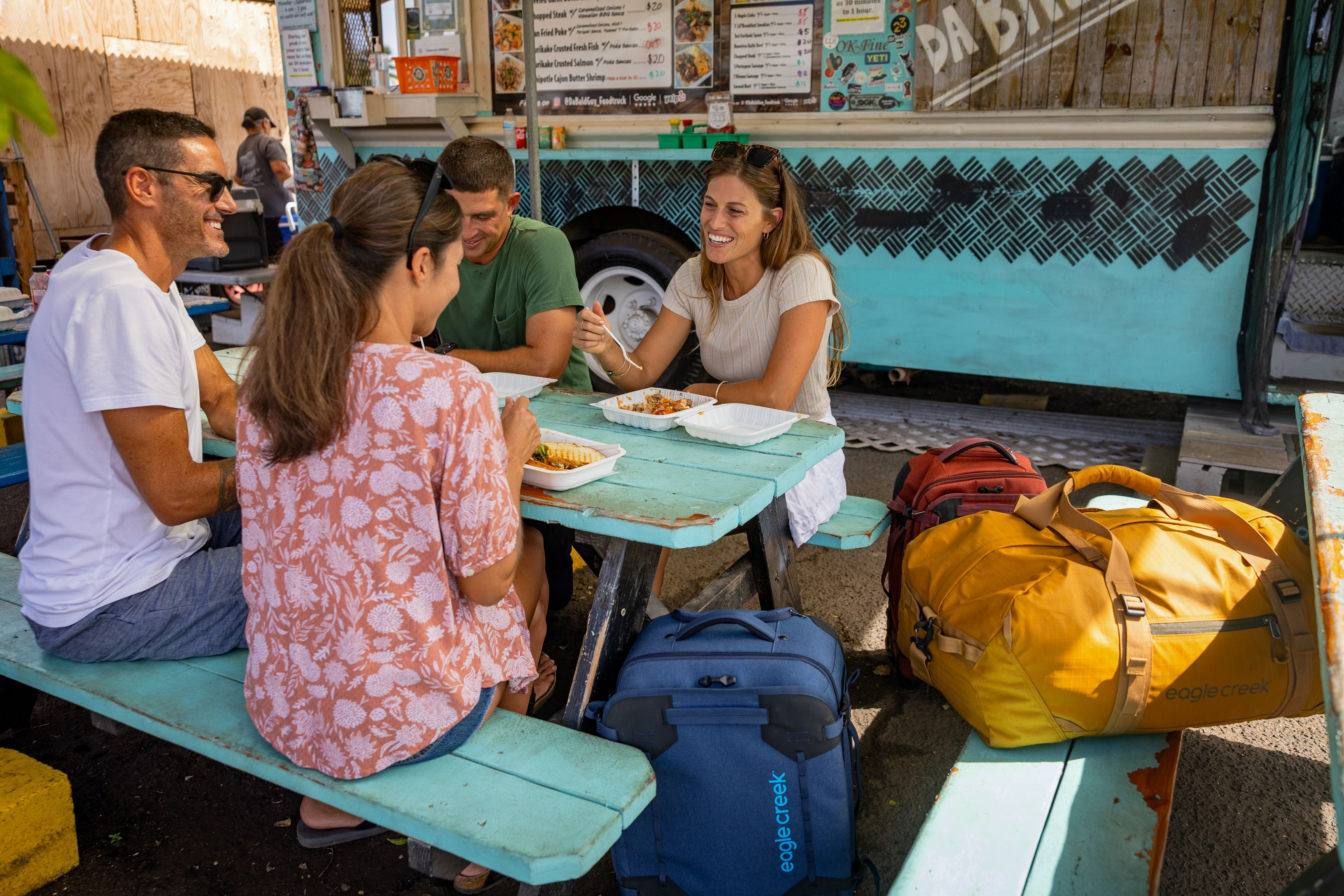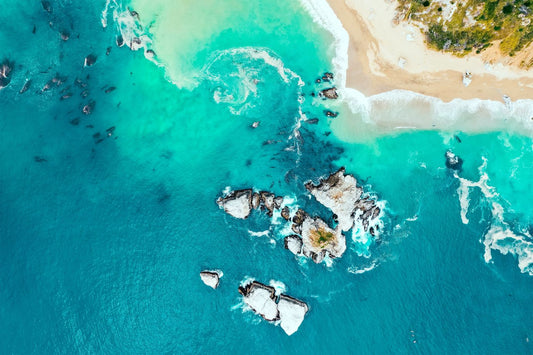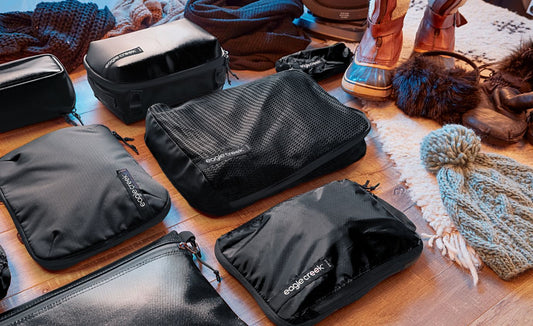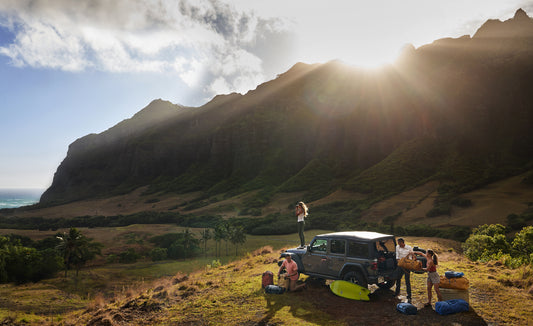Where To Go Foraging In The Wild This Summer
Nature gives us so many things, and that includes plenty to eat! But we’re not talking about farmed produce. On your next adventure into the great outdoors, consider going foraging for wild food, from seaweed to mushrooms. It’s a fun and tasty experience—as long as you do it safely and sustainability! Here’s a quick primer on how, where, and when to forage.
WILD FORAGING GUIDE: HOW TO FORAGE WILD FOODS SAFELY
Before you hit the trail and start foraging for your wild feast, it’s important to ensure that you know how to keep yourself safe and protect the natural environment.
- Check local rules and regulations. Restrictions may apply on when you can harvest and how much you can take for your own consumption.
- Be prepared with gear. Take some lightweight tools in a Pack-It Gear Pouch to safely cut back any undergrowth, stash a basic first aid kit in a waist bag for easy access on the trail, and ensure that you have a backpack suitable to carry your harvest home
- Assess the ecosystem. Some ecosystems are hardy and healthy, while others are delicate and really can’t handle any extra foraging, so consider the impact your harvest would have before you take anything.
- Consider what to harvest. Not all wild plants and fruits are edible all year round so check what’s currently in season.
- Know what you’re looking for and what to avoid. Most important of all is to ensure you can correctly identify wild foraged foods that you’re planning to eat as there are a lot of poisonous copy-cats masquerading as edible foods. These imposters can make you extremely sick—or worse.
- Leave some for Mother Nature. Aim to take less than 25% of the edible plant and ensure that you don’t damage the roots or stems. Where possible choose to harvest invasive species rather than those that are struggling or endangered.
- Prepare your harvest correctly. Soak your harvest in a mild vinegar solution to kill bacteria and remove any inedible parts before you prepare your wild feast.
WHERE AND WHEN TO GO FORAGING
While there are foraging opportunities across the country all year long, here are three ideas for your first foraging adventure.
SCOUR THE CALIFORNIAN COAST FOR SEAWEED
Take a drive along California’s Highway 1; rocky stretches of this coastline are packed with nutrient-rich sea vegetables. For the freshest harvest, wade into the shallows on a calm day and cut stems directly from the beds of living seaweed.
When: February through May
How: Cut away no more than half of a single plant so that it can continue to photosynthesize after you’ve harvested some of it.
Note: The recreational harvest of marine algae for personal use is permitted in California. Those harvesting for personal use must abide by regulations governing the recreational harvest. The daily bag limit for recreational harvesters of marine algae is 10 pounds wet weight in total.
PICK WILD HUCKLEBERRIES IN MONTANA
Closely related to blueberries and cranberries, the huckleberry plant can only be found in the wilds of the northwest, including in Montana’s Glacier National Park. Look out for bushes that bear tiny red, white, pink, or green flowers in spring, then return during the late summer to collect their fruit.
When: Mid-August to mid-September
How: Because huckleberries don’t continue to ripen after being plucked off the plant, only harvest them when they’re fully mature.
Note: Check local foraging restrictions with The Montana Department of Natural Resources and Conservation if you’re unsure where you can legally forage for huckleberries
SNIFF OUT SOME PORCINI MUSHROOMS IN WISCONSIN
Ranging from yellow-brown to red-brown in hue, porcini mushrooms are one of the most popular wild foods to forage; growing more than a foot wide and weighing in at over one pound, they’re often found a day or two after rainfall under white spruce and pin oak trees.
When: Late June through September
How: These mushrooms should be smooth with a white line around the edge. If the cap has any scales or roughness in texture, it’s not a porcini.
Note: You can collect mushrooms in all Wisconsin State Parks, but not in state natural areas. Be sure to check the rules set out for public lands, national parks, or reserves before hunting.
